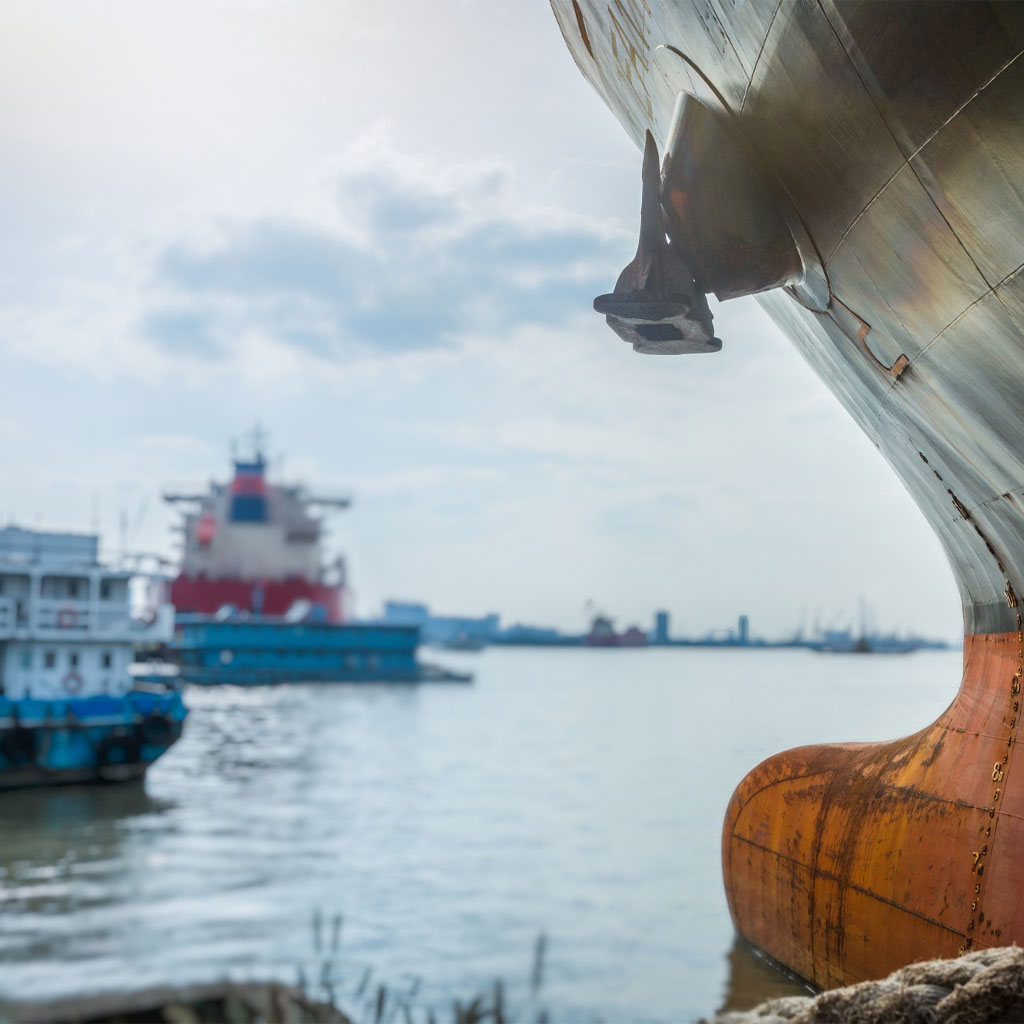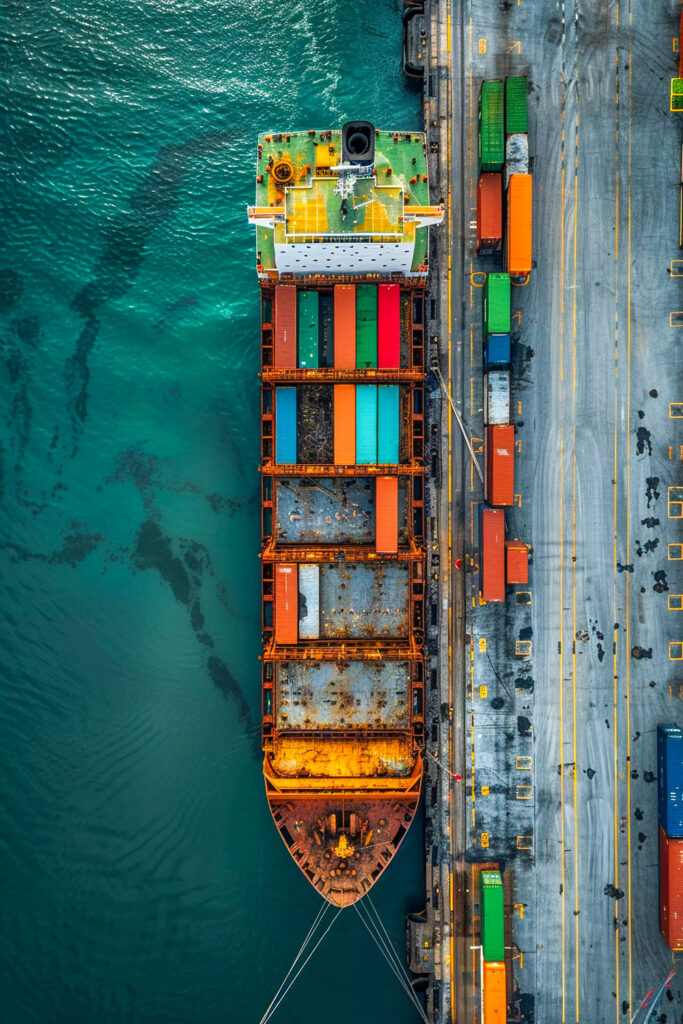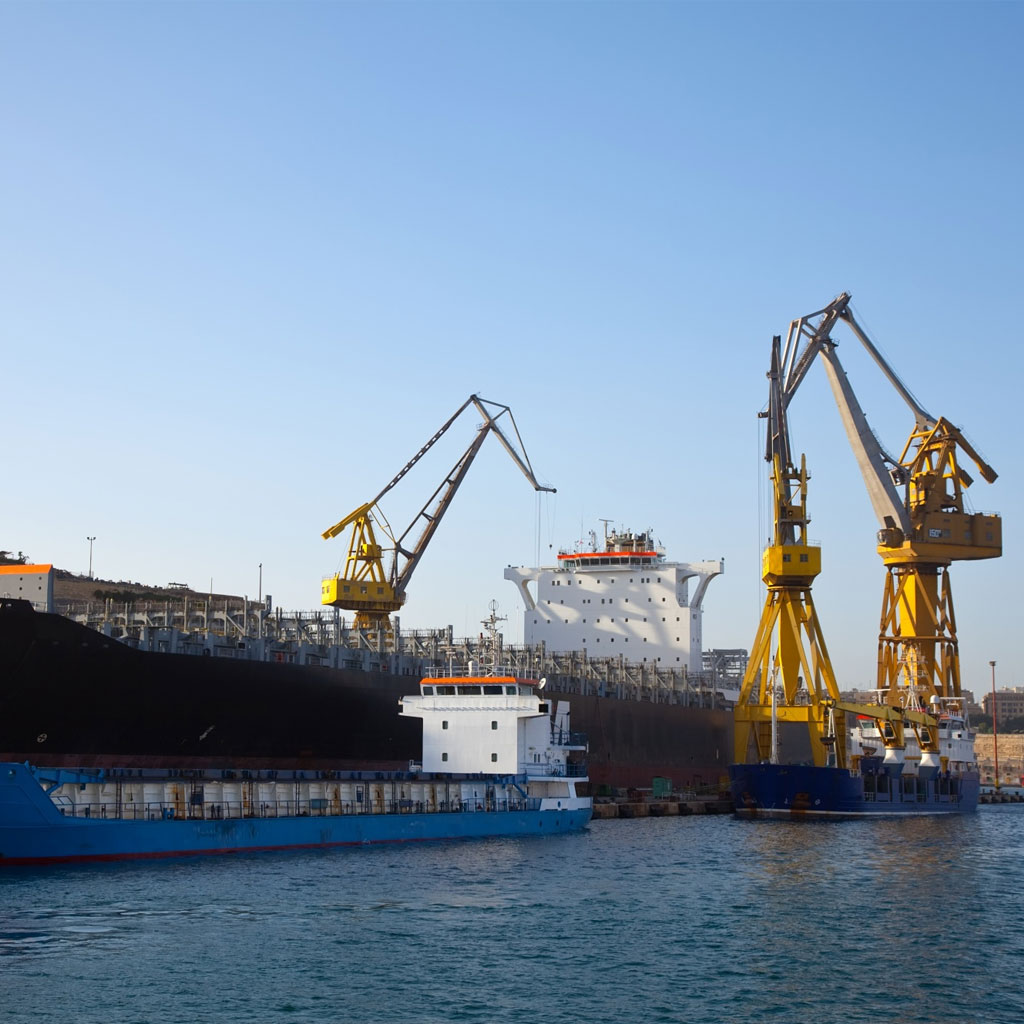
Advantages and Disadvantages of Maritime Transport
Advantages and Disadvantages of Maritime Transport
Introduction
Maritime transport is one of the oldest and most important methods of moving goods and passengers worldwide. Since ancient times, humans have used seas for trade, resource transfer, and travel. Today, with technological advancement and global economic development, the importance of maritime transport has increased more than ever. In this article, we aim to comprehensively discuss the advantages and disadvantages of maritime transport and examine the key points related to this type of transportation.
History of Maritime Transport
Maritime transport has a history spanning thousands of years. In ancient times, civilizations such as the Egyptians, Phoenicians, and Greeks used seas for trade between regions. During the Middle Ages and the Renaissance, the development of large ships and improvements in their design enabled the transportation of larger volumes of goods. With the onset of the Industrial Revolution and the construction of steam and oil-powered ships, maritime transport entered a new phase, and its role in global trade increased significantly.
Types of Maritime Transport
Maritime transport can be divided into several main categories:
-
Container Shipping: involves moving goods in standard containers and is suitable for international trade.
-
Bulk Shipping: used for bulk goods such as grains, coal, oil, and minerals.
-
Oil Tanker and LNG Transport: transporting oil products and liquefied gas using specialized vessels.
-
Passenger Shipping: includes passenger ships and cruises for transporting people to different destinations.
Each type of transport has its own features, advantages, and limitations.
Advantages of Maritime Transport
1. Lower Cost Compared to Other Methods
One of the biggest advantages of maritime transport is its low cost compared to air and land transport. Ships can carry very large volumes of goods simultaneously, reducing the cost per unit of goods.
2. High Cargo Capacity
Ships can transport thousands of tons of goods in a single voyage. This feature makes maritime transport ideal for high-volume import and export, especially for bulk goods like oil, coal, and grains.
3. Extensive International Trade
Maritime transport enables the connection of countries and continents. Many major ports in the world, such as Shanghai, Rotterdam, and Singapore, play a key role in global trade, and goods are transported worldwide via maritime routes.
4. Relative Safety for Heavy Cargo
Maritime transport is safer for heavy and large cargo compared to land and air transport. Ships can carry large loads without weight or size restrictions.
5. Lower Environmental Impact Compared to Air Transport
Although maritime transport consumes energy, the greenhouse gas emissions per ton of cargo are lower compared to air transport. This makes it an environmentally friendlier option.
6. Flexibility in Transporting Various Goods
Using specialized ships, various types of goods, including bulk, containerized, liquids, and even sensitive goods, can be transported. This flexibility is one of the unique features of maritime transport.
7. Creation of Wide Employment Opportunities
Maritime transport creates numerous jobs in various fields such as navigation, loading and unloading, ship maintenance, and port management.
 Disadvantages of Maritime Transport
Disadvantages of Maritime Transport
Despite its numerous advantages, maritime transport also has limitations and challenges that need to be considered:
1. Low Speed Compared to Air Transport
One of the main disadvantages of maritime transport is its low speed. Sea voyages can take weeks or even months, while air transport only takes a few hours.
2. Dependence on Weather Conditions
Ships are highly affected by weather conditions. Storms, high waves, and icy routes can cause delays or complete suspension of transport.
3. High Investment Requirement
Launching and maintaining ships, ports, and related equipment require huge investments. Building modern ships and advanced loading and unloading systems is costly.
4. Geographical Limitations
Maritime transport is only possible in areas with seas and oceans. To transport goods to inland areas, integration with land transport is necessary.
5. Environmental Hazards
If ships encounter accidents or oil and chemical spills occur, severe environmental damage can result. This is one of the major concerns of maritime transport.
6. Complexity in Logistics Management
Maritime transport requires precise planning, coordination between ports, international regulations, and customs clearance, making it logistically complex.
7. Vulnerability to Piracy
In some regions, pirates pose a serious threat to ships and their cargo. This increases insurance costs and logistical risks.
Applications of Maritime Transport in Today’s World
Maritime transport plays a vital role in global trade. Approximately 80% of international trade is conducted via seas. This method is especially important for exporting oil, natural gas, metals, food products, and industrial goods. Additionally, maritime tourism and passenger ships form another part of this industry.
Comparison of Maritime Transport with Other Methods
| Feature | Maritime Transport | Land Transport | Air Transport |
|---|---|---|---|
| Speed | Low | Medium | Very High |
| Capacity | Very High | Limited | Limited |
| Cost | Low | Medium | High |
| Safety for Heavy Cargo | High | Medium | Limited |
| Environmental Impact | Relatively Low | Medium | High |
This table shows that choosing a transport method depends on the type of goods, required speed, and budget. For heavy and bulk goods, maritime transport is the best option.
Future of Maritime Transport
With technological advancements, maritime transport is also evolving. Autonomous ships, clean energy, smart cargo management systems, and new routes are shaping the future of this industry. It is expected that in the coming years, maritime transport will become faster, safer, and more sustainable.
Conclusion
Maritime transport with its numerous advantages, such as low cost, high capacity, international trade opportunities, and flexibility, plays a vital role in the global economy. However, limitations like low speed, dependence on weather conditions, and management complexity also exist. Choosing this method should be based on the type of goods, destination, and business requirements. Considering technological development and the growing importance of global trade, maritime transport will remain one of the main pillars of international logistics.




